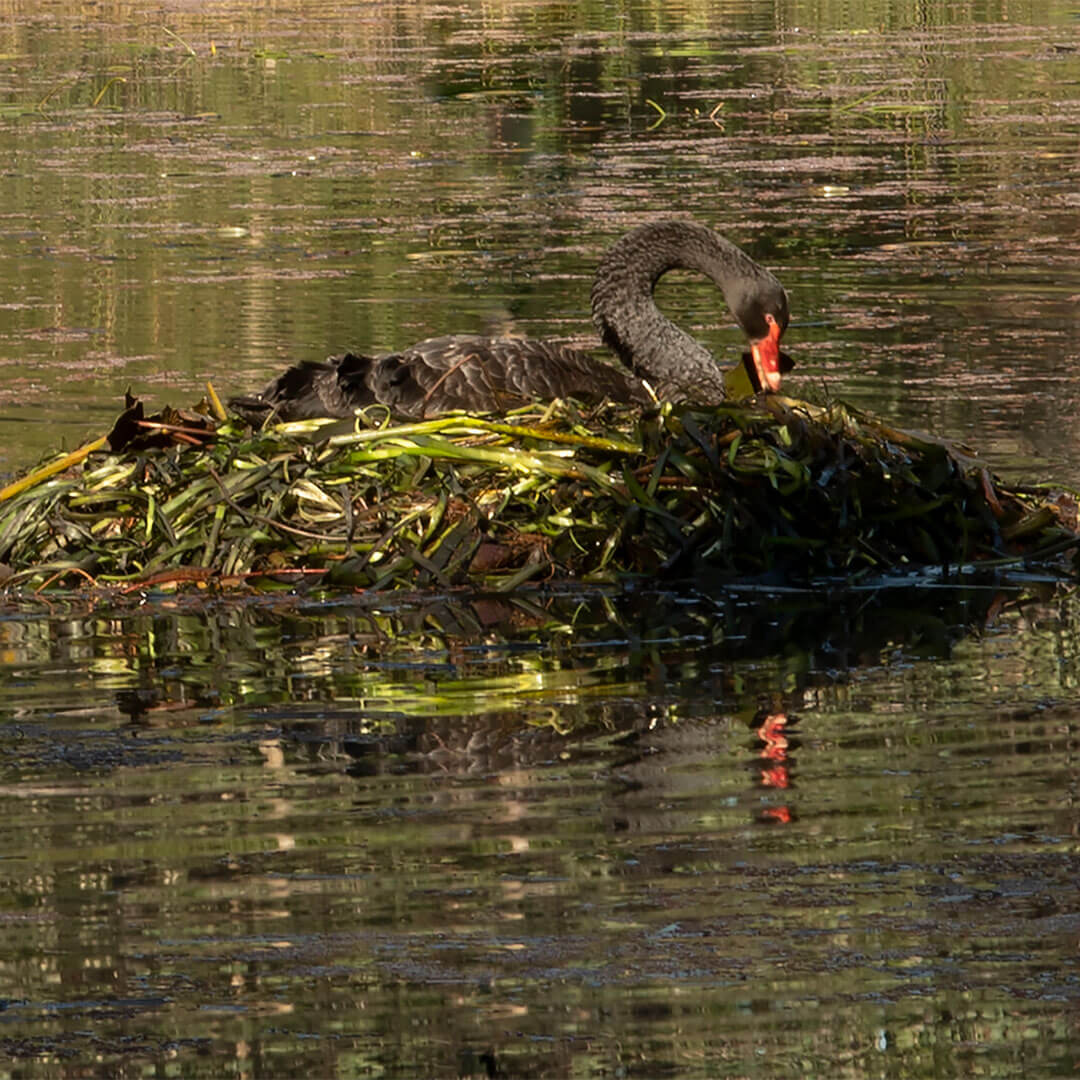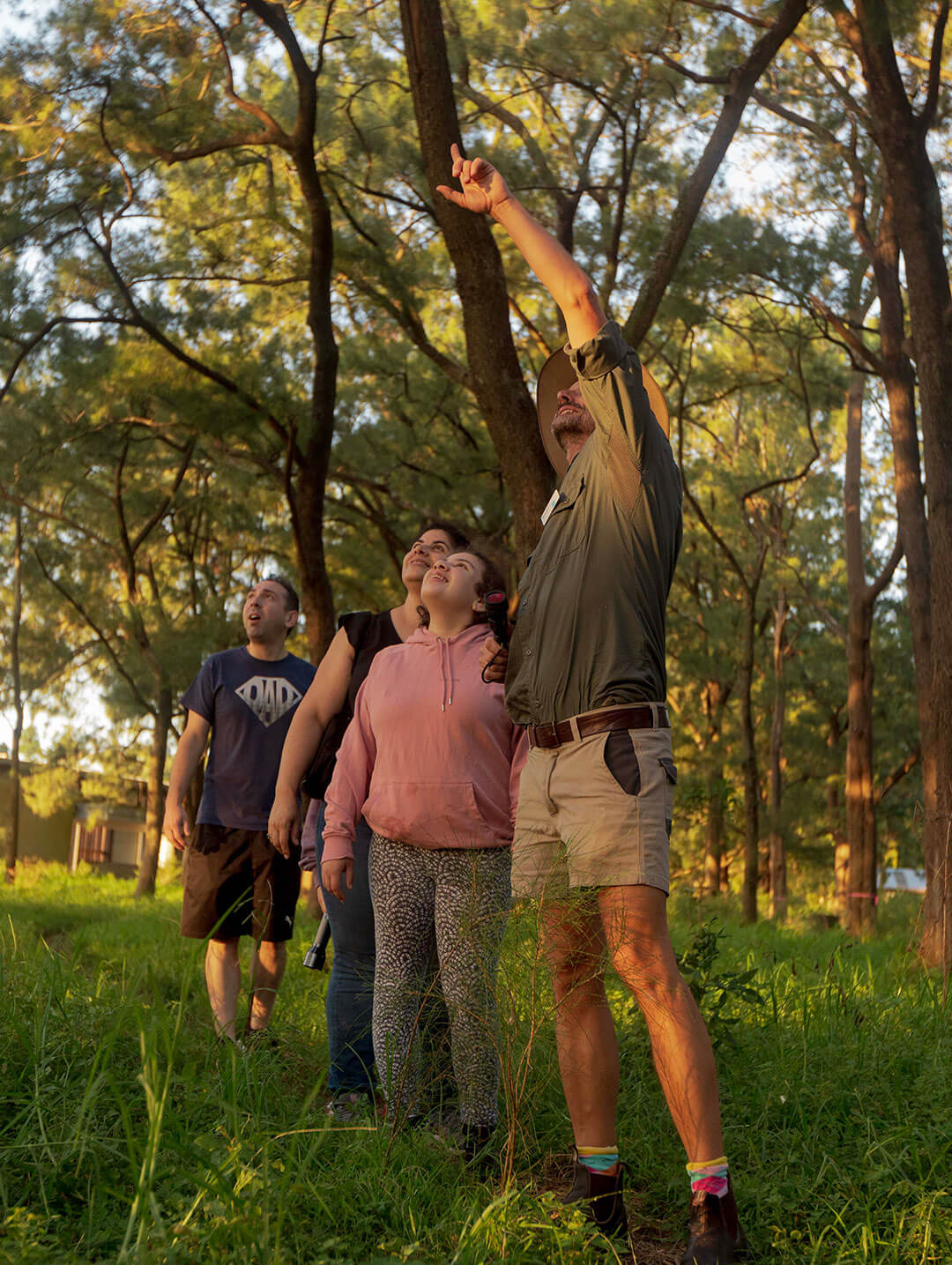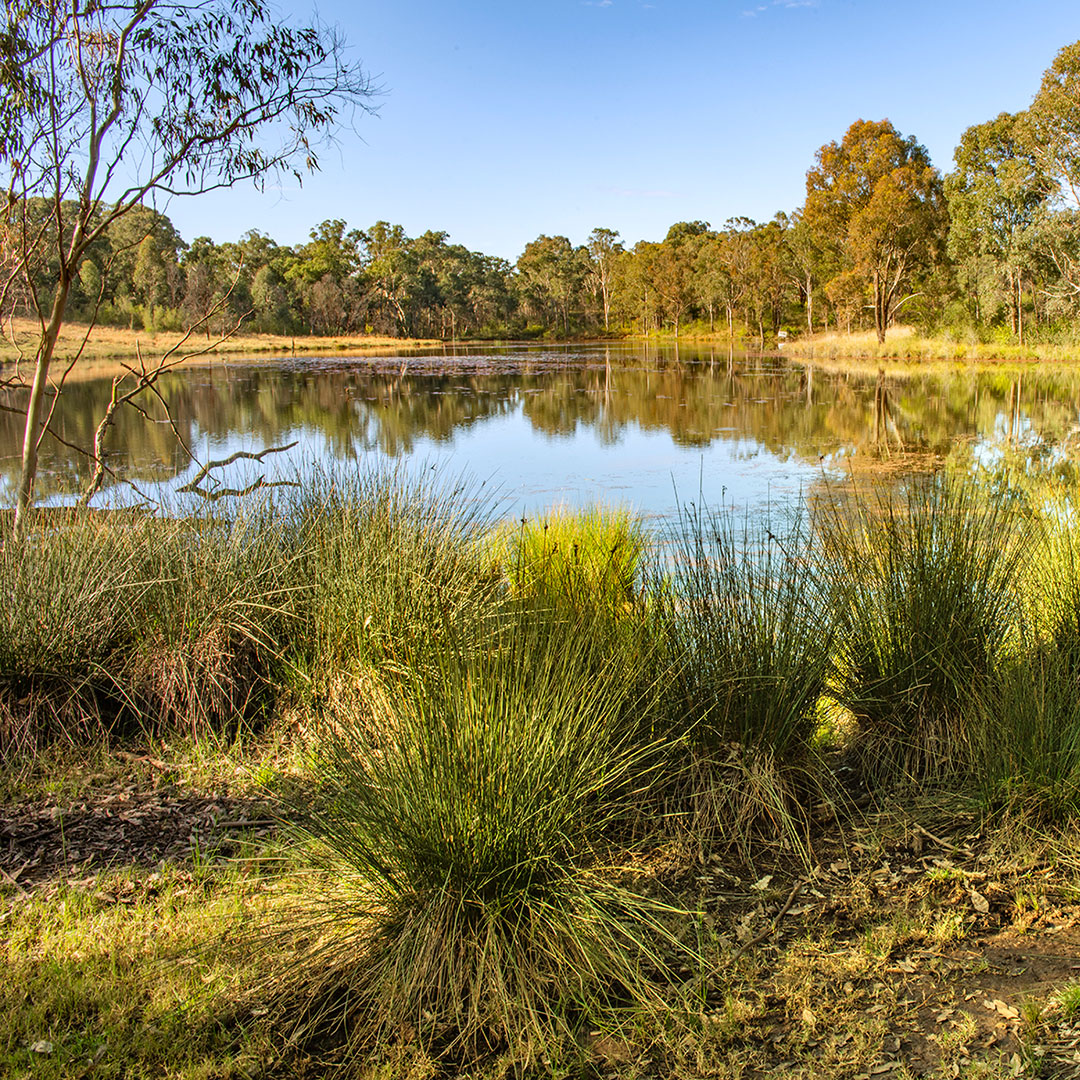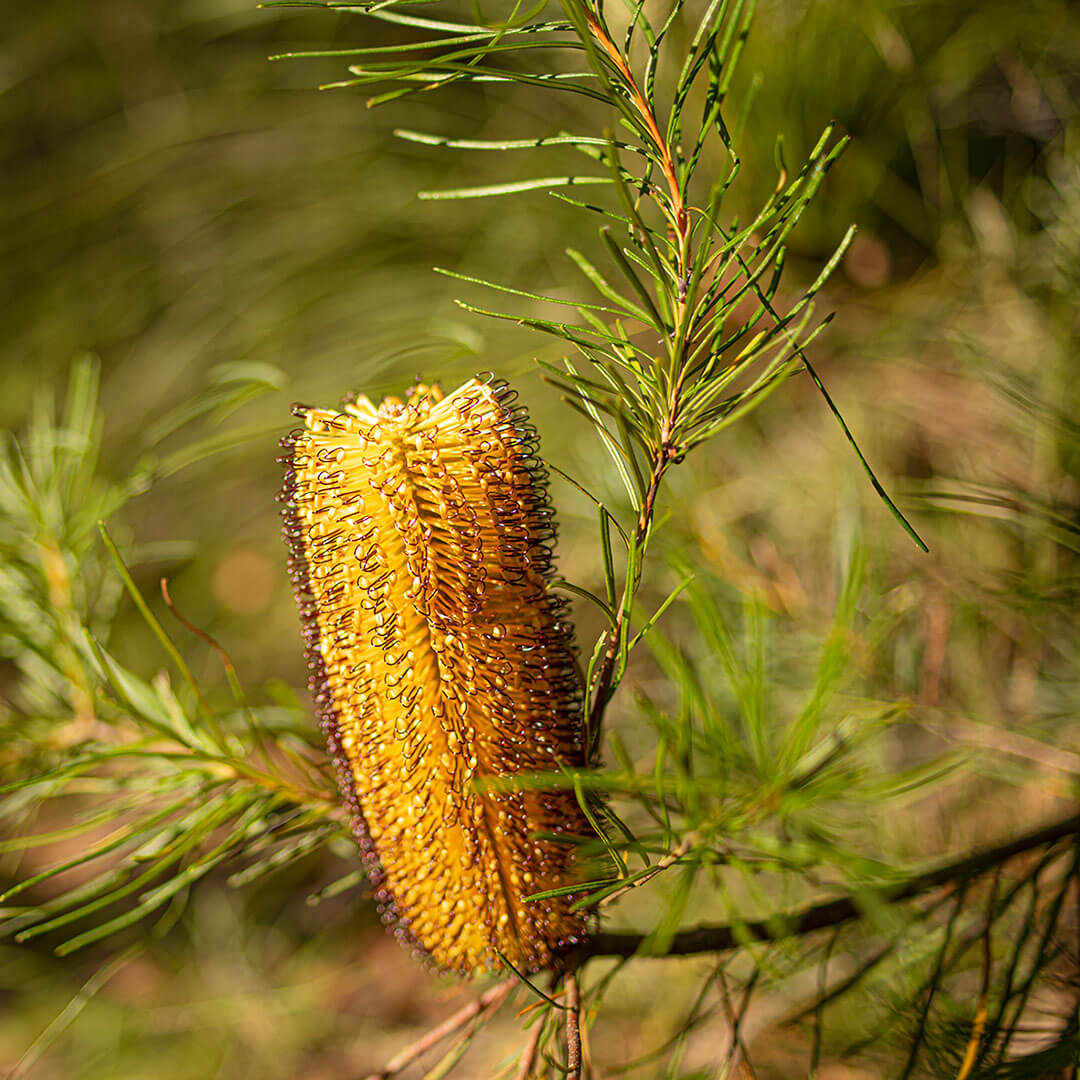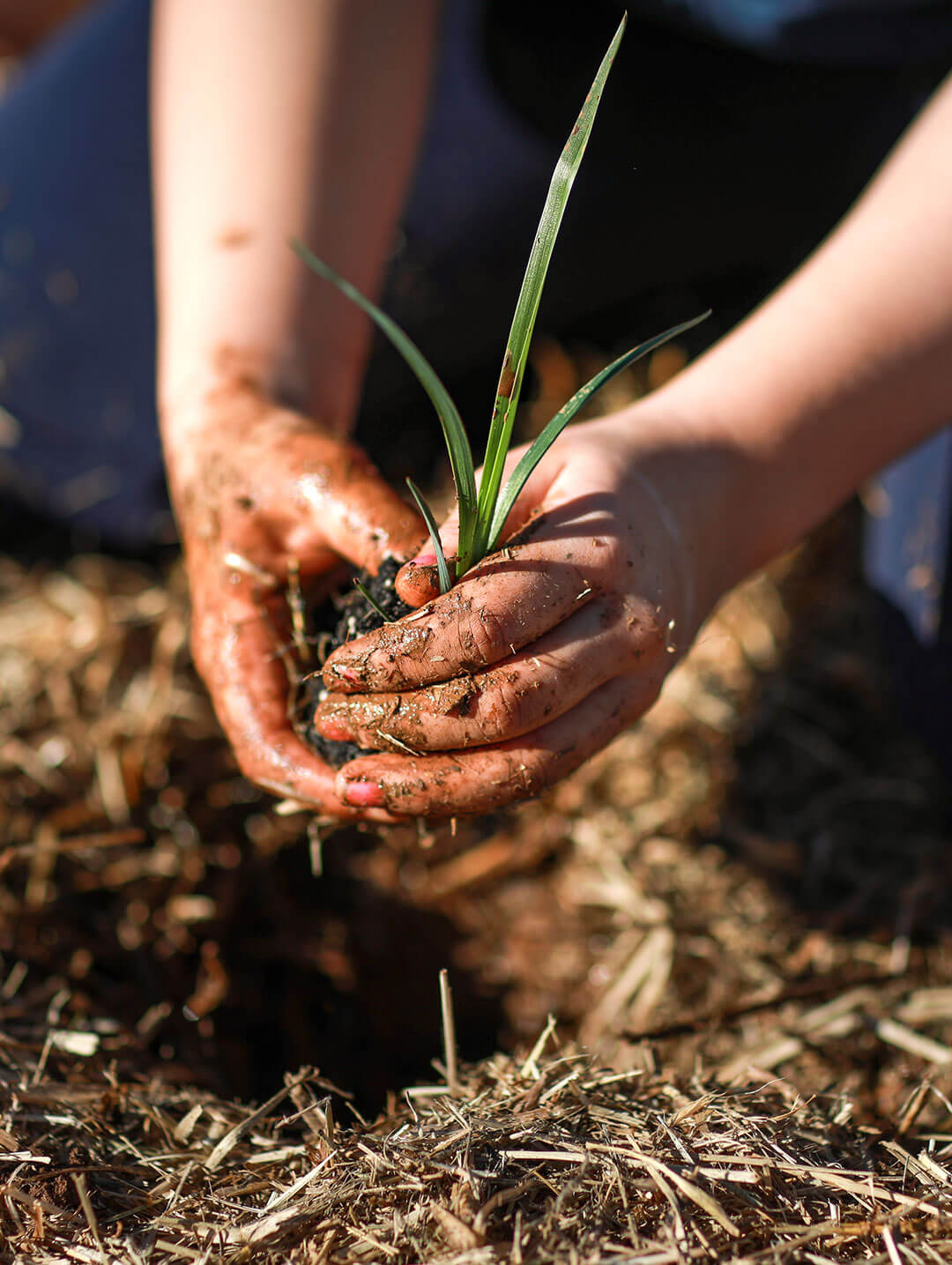Fernhill Estate’s environment
Discover the unique environment of Fernhill Estate, straddling the clay shales of the Cumberland Plain and the sandstone of the Blue Mountains escarpment.
Fernhill Estate – from woodlands to escarpment
Fernhill Estate sits on the convergence of 2 distinct landscapes – the clay shales of the Cumberland Plain and the sandstone of the Blue Mountains escarpment. The estate's landscape, sculpted by geological uplift and faults and eroded by various creeks, displays a blend of geology, fostering diverse soil associations and habitats.
Fernhill Estate boasts an array of vegetation from sandstone forests to lush rainforest gullies that house critically endangered habitats like the Cumberland Plain Woodland. The estate is a haven for native wildlife such as koalas, kangaroos and the critically endangered regent honeyeater. You might even see the platypus spotted recently in Mulgoa Creek.
Beyond its natural significance, Fernhill's colonial and post-colonial history adds another dimension. Fernhill's rural parkland, designed as an English landscape garden, uniquely used native plants to emphasise the picturesque vistas. Angophora gum trees were selectively retained because they resembled English oak trees. The gardens went through further transformation in the 1900s at the hands of designer Paul Sorensen.
Alongside native fauna, the estate hosts introduced species like feral deer, foxes and the abandoned Przewalski’s horses. Greater Sydney Parklands is working collaboratively to manage these issues.
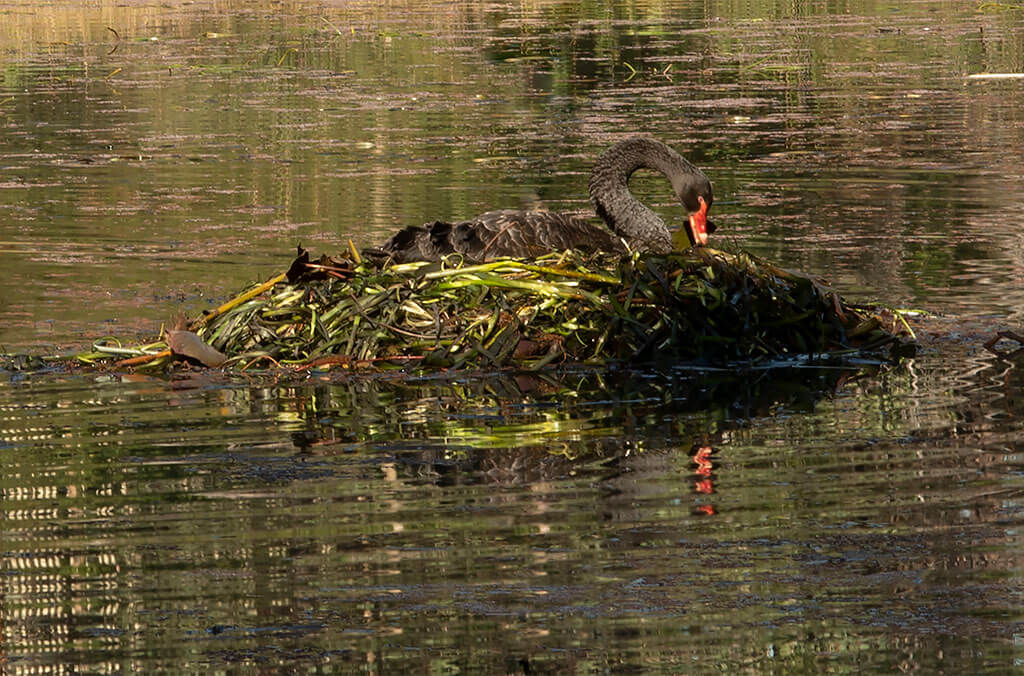
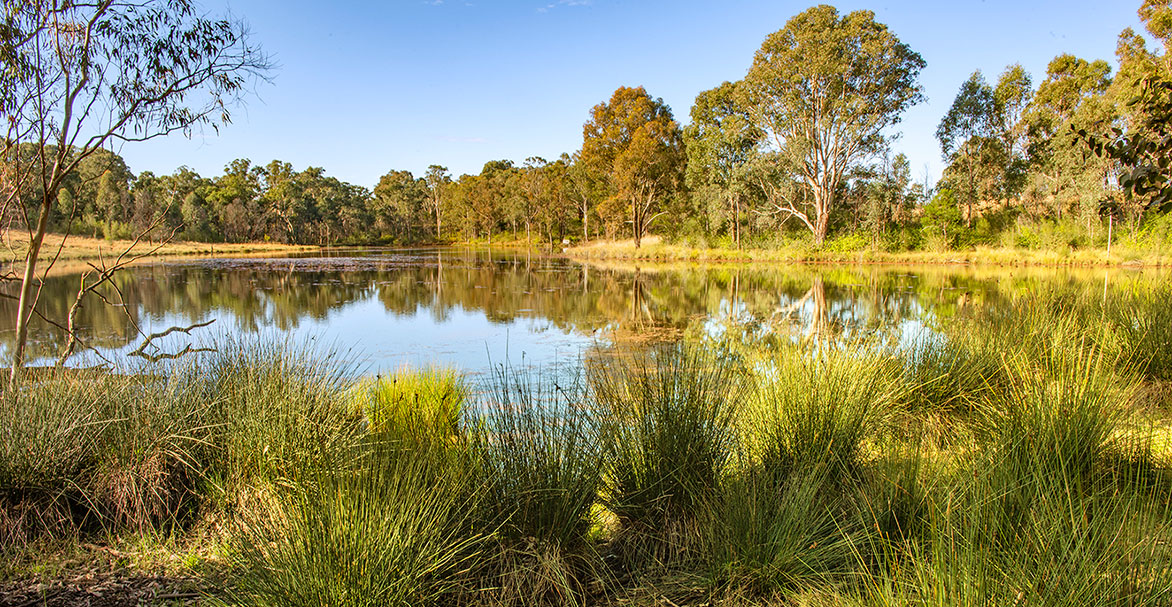
Environmental program
Learn how we are preserving Fernhill Estate's natural environment.
Learn more about the program
